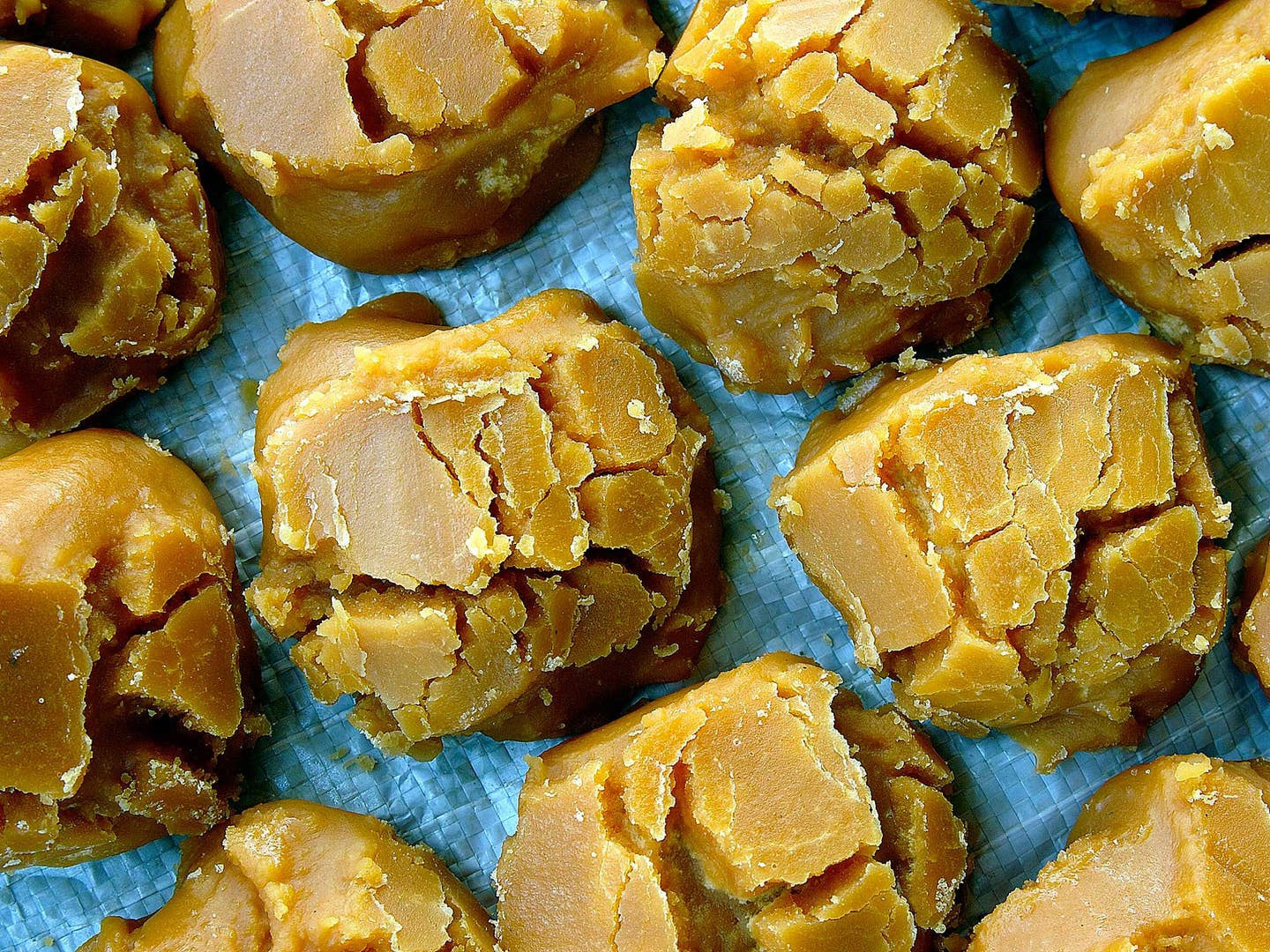
Go Cook With Jaggery, the Essential Sweetener of India
This unrefined sugar turns cane into gold
When my dad was little, he spent his summers on my great-grandfather’s sugarcane farm. As the story goes, one day my great-grandfather decided to get into the business of white sugar and build a factory. The industry was new at the time, and he wanted to get in on the ground level.
The factory was a failure, as the sugarcane grown in the Indian region of Uttar Pradesh does not have the right sugar content to produce crystalline sugar. My great-grandfather shut down the factory, and it was left to decay for years. That is, until my great uncle discovered that he could convert it to a plant for making jaggery, the flaky brown chunks of unrefined sugar prized by Indians as a sweetener. See, when you take sugarcane to the market, it is worth a meager amount; convert it into jaggery and the value goes way up.
The Backbone of Indian Dessert
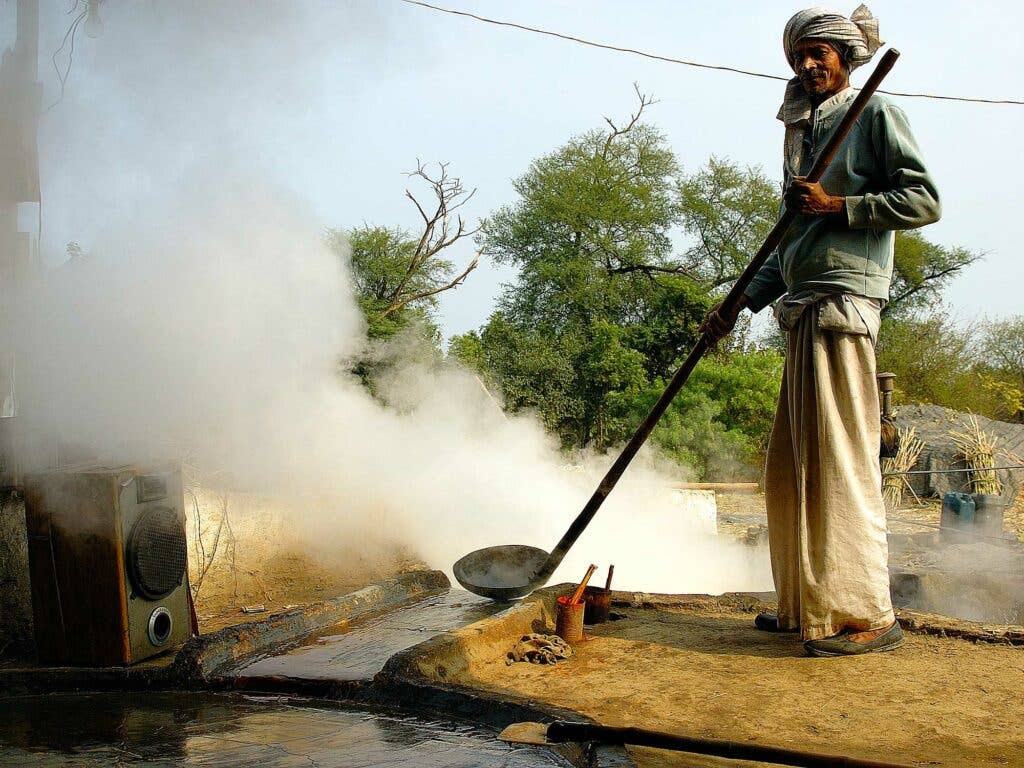
In India, jaggery trumps all other sweeteners. Of course, alternatives like white sugar are more common these days than they were back in the time of my great-grandfather, but jaggery is cheaper, as it's produced locally. It's also more valuable, not just a sweetener but a distinct flavoring—rich and smoky enough to offset the sour tamarind in sambar (a spicy soup eaten with dosa), and deep and butterscotch-y enough to give Indian sweets like laddu (similar to a truffle, but with ghee) and kheer (rice pudding) their signature luxurious tastes.
My dad, who spent many summer nights watching the jaggery factory in action, remembers the process well. The sugarcane get crushed, the resulting juice flows into a giant tank, a big net is used to skim off excess crud, and then the leftover juice is diverted to a vat (“like a giant wok,” he says), where the juice is boiled slowly, first transforming into a paste, then a solid (“like playdough”).
The hardened jaggery—or gur, as it is called in northern India—is put into molds called bhelis ("similar to a cheese wheel"). Because the molasses never gets separated out from the crystals, the final product ends up a brown-ish block that gets gradually cut from as it's consumed.
Sweet Old Time Religion
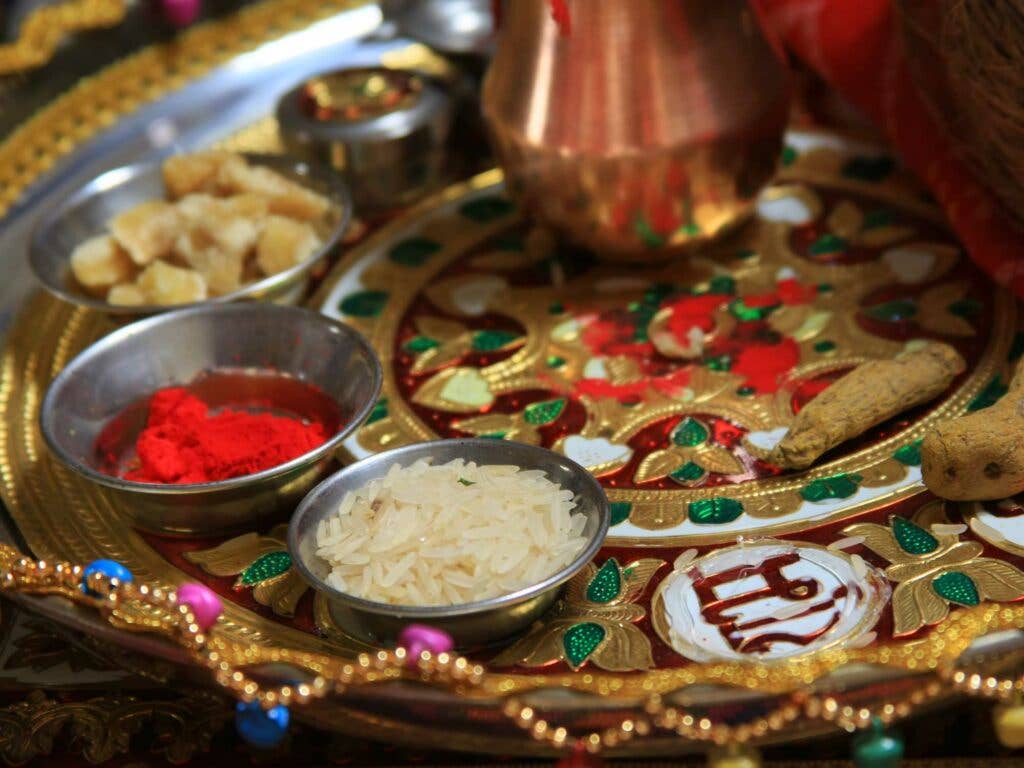
Across India's many regional dialects, jaggery is called by different names (gur, in Hindi, bellam in Telugu, chakkara in Malayalam). In some places, mainly Bengal and parts of southern India, its preparation also varies, swapping out sugarcane for date palm, which yields a product that my dad says is "more delicate, more like fudge." (The sugarcane-based jaggery in the north, by contrast, is "harder. Knock it one someone's head with enough force and you would probably cause some brain damage.)
Jaggery isn’t just a flavoring (or weapon); it’s also an object of religious significance. In high Hindu ceremonies, jaggery-based sweets are often presented as offerings to the gods — they are said to be a symbol of good news, and as custom dictates, only ingredients of local origin are allowed to be used during religious functions. Plus, some types of white sugar are bleached with bone char, which is considered non-vegetarian.
You'll still find white sugar-based sweets in many a temple ceremony now, but among the highly religious folk, the stigma against non-Indian sugar remains. Using jaggery, my aunt tells me, is the most "traditional" way to make religious offerings. In Bengal, residents make notun gur, a special local variation of jaggery made out of the sap of date palms. On auspicious occasions, they turn that notun gur into mishti doi, a sweetened yogurt, to be eaten and presented for the deities.
A Spoonful of Medicine
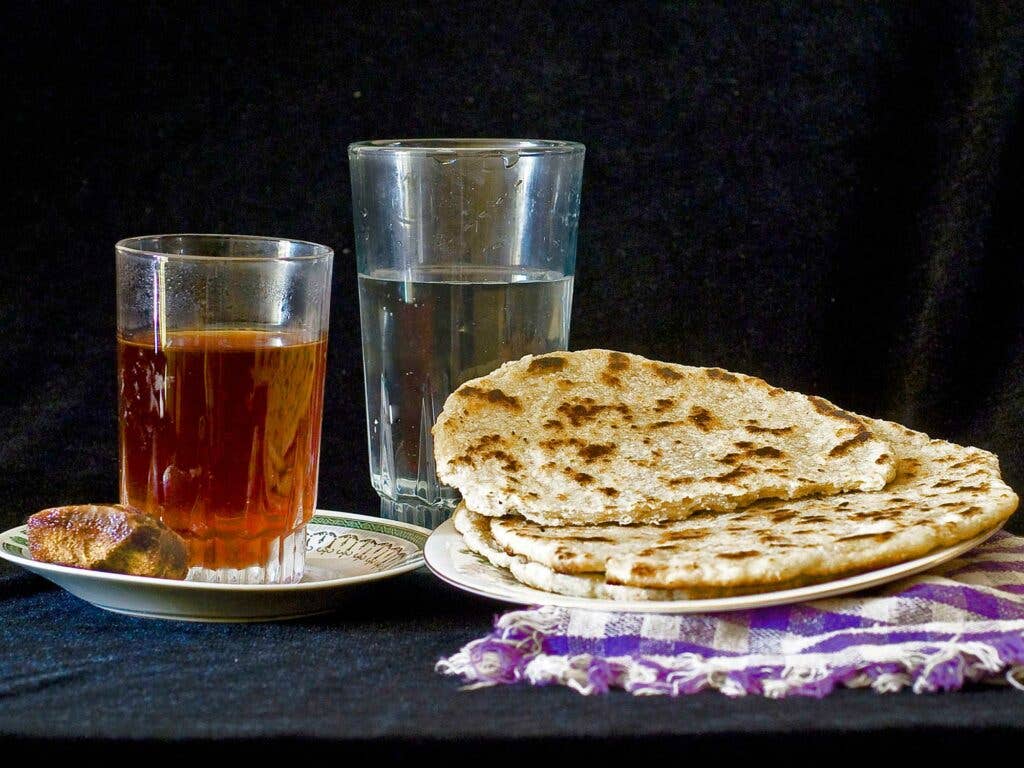
Jaggery, too, has meaning in ayurveda, the ancient Indian system of medicine. In Indian households (and, incidentally, at weddings), the sugar gets blended with hot water to make a drink that supposedly balances out blood sugar and provides a boost of energy (in the case of weddings, that energy is necessary for the multiple days of festivities).
At my dad’s childhood home, jaggery was regularly mixed with ghee and nuts to form a sort of brittle; his parents would offer it to all the kids after dinner as a sweet treat that helped to settle the stomach. Ask a large group of Indians (as I did), and you’ll find that the alleged healing powers of jaggery are limitless: “good for the heart!” “stimulates metabolism!” “helps the liver!” “prevents vomiting!” “subdues excess wind [read: farts]!”
But there are countless ingredients in Indian cuisine that could be classified as religious offerings or healing elements. Jaggery is special because it induces a very particular kind of nostalgia. When my dad talks about it, he smiles, thinking about collecting fresh gur from his uncle's factory on a plate, and eating the caramel-esque sauce while it was still hot.
My aunt speaks of sneaking sandesh (notun gur that's been formed into various shapes) out of the temple and savoring it, clandestinely, on the street corner. I get the same feeling when I go to my uncle's home in Delhi. I eat jaggery the way my young cousins do: rolled up in a roti that's been swiped with ghee. Like butter noodles or macaroni and cheese, there is an odd sense of comfort in eating so elementally.
What to Cook With It
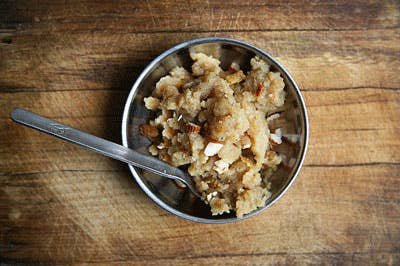
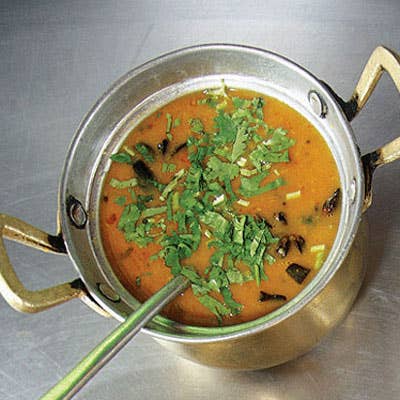
More From The Sugar Files
Keep Reading
Continue to Next Story










